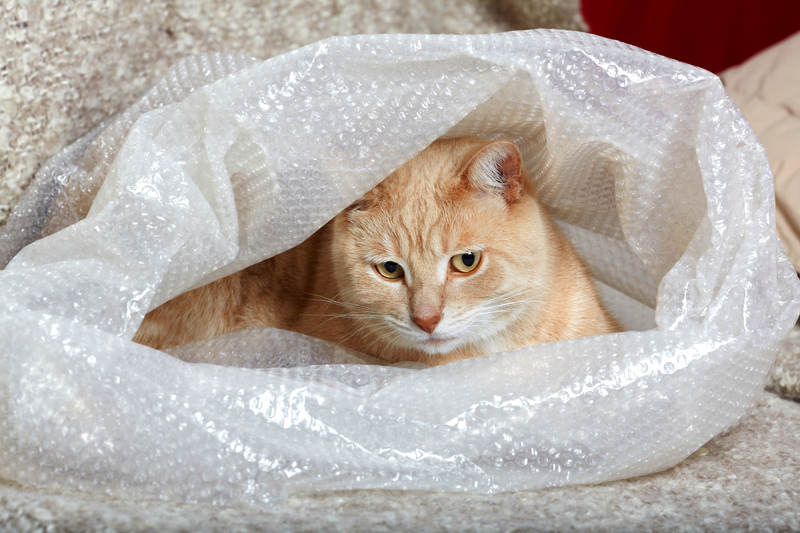How Professionals Move Pianos Safely and Why Experience Matters
When it comes to relocating your beloved piano, the stakes are high. Whether you own a grand, upright, or baby grand piano, moving such a heavy, delicate, and often expensive instrument is never a simple task. This is where the expertise of professional piano movers comes into play. In this comprehensive guide, we will explore how experts move pianos safely, the techniques and tools employed, and why experience makes all the difference in ensuring the safe transportation of your instrument.
Table of Contents
- Types of Pianos and Their Moving Challenges
- Risks of Moving a Piano Without Professionals
- How Professionals Prepare for a Piano Move
- Techniques and Tools Used by Experienced Movers
- Insurance, Liability, and Peace of Mind
- Why Experience Matters When Moving Pianos
- Frequently Asked Questions About Piano Moving
- Conclusion: The Value of Experience in Safe Piano Moving
Types of Pianos and Their Moving Challenges
Not all pianos are created equal. Before understanding how expert piano movers operate, it is crucial to recognize that different types of pianos present different obstacles to safe relocation.
Common Types of Pianos
- Upright Pianos: Vertical instruments, heavier than they appear, and with weight concentrated in the upper body.
- Baby Grand and Grand Pianos: Larger, with legs and pedals that must be detached, and the risk of internal damage if not handled properly.
- Console Pianos: Slightly smaller, but still require skill to maneuver within tight spaces.
- Digital and Hybrid Pianos: While often lighter, these can contain sensitive electronics that require careful packing.
The unique structure and weight distribution of each type introduces different risks during a move. Only seasoned piano movers fully understand these intricacies.
Risks of Moving a Piano Without Professionals
Attempting to move a piano without proper knowledge or gear is risky. Here are key piano removal dangers that homeowners face:
- Injury to People: Pianos can weigh 300 to 1,200+ pounds. Improper lifting can cause back injuries, crushed fingers, or worse.
- Damage to the Piano: Impacts, tilting, or dropping can harm the case, pedals, or intricate internal parts.
- Home Damage: Walls, floors, and staircases can easily be scratched or dented during an amateur move.
- Tuning Issues: Incorrect handling can affect string tension, requiring costly post-move tuning or repairs.
- Financial Loss: Most homeowners' insurance policies do not cover damage when you move the instrument yourself.
In summary, hiring a professional piano moving service is safer and often more cost-effective than risking an accident.
How Professionals Prepare for a Piano Move
Proper preparation is a cornerstone of safe and successful piano relocation. This is where the experience of professionals shines brightest.
- Initial Assessment: Movers inspect the piano's type, size, value, and current condition. They also evaluate the moving path, noting stairs, tight corners, or uneven surfaces.
- Protective Packing: Specialized padding, moving blankets, and shrink wrap are used to safeguard the case and internal mechanisms.
- Dismantling (If Required): For grand pianos, legs, pedals, and the lyre are often detached to make the instrument manageable and reduce risk.
- Equipment Preparation: Professionals assemble the right dollies, lifting straps, ramps, and sometimes cranes for high-rise or balcony moves.
- Communication and Planning: The team discusses roles and the move sequence, emphasizing clear signals and safety protocols.
Without this expert preparation, even a seemingly short move can go disastrously wrong.
Techniques and Tools Used by Experienced Movers
Professional piano movers employ a range of specialized techniques and custom tools to ensure safe relocation.
Common Tools for Safe Piano Moving
- Piano Dollies: Heavy-duty, padded carts with rubber wheels designed to distribute weight evenly and protect floors.
- Padded Moving Straps and Slings: Provide maximum control and minimize direct lifting, preventing strain injuries.
- Protective Coverings: High-quality blankets and wraps help absorb shocks and prevent scratches or dents.
- Piano Skid Boards: Essential for moving grand pianos by supporting their unique shape during handling and transit.
- Ramps and Hoists: Allow safe navigation of stairs, curbs, or loading into moving trucks--sometimes even third-story windows!
Key Techniques Used by Professionals
- Secure Wrapping: Every piano is individually wrapped to shield wood, keys, and strings from impact and moisture.
- Team Coordination: Moving a piano is rarely a one-person job. Movers operate in sync, communicating at each stage.
- Lifting Science: Instead of brute force, professionals use leverage and rolling motion to avoid sudden jolts and distribute weight.
- Careful Navigation: Tight spaces, stairs, and sharp corners are approached with measured movements and, where necessary, disassembled parts.
- Reassembly and Spot Checks: Once moved, pros reassemble the instrument and perform a quick inspection for potential issues.
Using these methods, pro piano movers can complete even the most challenging moves with minimal risk.
Insurance, Liability, and Peace of Mind
A crucial advantage of hiring experienced piano moving professionals is the insurance coverage they provide--something that is often absent in DIY moves.
- Full Liability: Professional movers are insured, meaning both your piano and your property are protected from accidental damage.
- Value Protection: For high-value instruments, custom insurance policies can be arranged to cover total replacement or repair costs.
- No Hidden Surprises: Movers provide written agreements outlining scope, coverage, and any additional charges, ensuring transparency.
This coverage provides true peace of mind: if any mishap does occur (rare with professionals), you won't bear the cost.
Why Experience Matters When Moving Pianos
Moving a piano safely is both a science and an art. Here is why years of experience make all the difference:
- Understanding Intricacy: Pianos have up to 10,000 moving parts. Only seasoned movers understand how to protect all components.
- Situational Awareness: Experienced movers quickly spot potential hazards, like uneven flooring or hidden obstacles, and adapt as needed.
- Efficient Problem Solving: Not every move goes as planned. Pros draw on past events to find safe solutions on the spot.
- Minimal Disruption: With practiced hands, the move is completed faster and with less noise or interruption to your household.
- Reduced Risk to All: Years without accident mean your risk is extremely low--something first-time movers simply cannot guarantee.
Moreover, experienced piano movers can spot subtle pre-existing issues (like loose pedals or cracked castors) that might otherwise go unnoticed, saving you money and frustration down the line.
Frequently Asked Questions About Piano Moving
Is it really necessary to hire a piano moving specialist?
Yes. A general mover may not have the training, tools, or experience to handle your piano's weight and delicacy. Specialized professionals move pianos daily and are prepared for any scenario.
How much does professional piano moving cost?
The cost depends on the type of piano, travel distance, obstacles, and insurance required. Upright moves nearby may start at $150-$350, with grand piano moves or long distances costing several hundred more--but this is a small price to pay for the safety of your valuable instrument.
What preparations should I make before the movers arrive?
Clear pathways and remove valuables, but do not attempt to dismantle or move the piano yourself. Let the professionals handle all technical steps.
Will my piano need to be re-tuned after the move?
Most pianos need tuning after relocation due to subtle shifts in internal tension. Schedule a tuning a week or two after the move to allow the piano to acclimate to its new environment.
Can professionals move pianos up or down stairs?
Absolutely. With the right team and equipment, even complex stair moves can be performed safely--with much less risk than a DIY attempt.
What if my piano is especially valuable or antique?
Inform the movers ahead of time. Top piano moving companies can arrange extra insurance and assign their most experienced personnel for high-value or rare instruments.
Conclusion: The Value of Experience in Safe Piano Moving
Transporting a piano safely is far more complex than moving ordinary furniture. From its intricate internal components to its substantial weight and size, every aspect of the process demands a professional touch.
By hiring experienced piano moving specialists, you gain not just the use of advanced tools but also the benefit of thousands of successful moves worth of knowledge. Professional movers prepare thoroughly, use proven techniques, and stand behind their work with insurance and clear communication.
In summary:
- Attempting to move a piano yourself is risky and costly.
- Professional piano movers bring the experience, tools, and insurance you need for a stress-free relocation.
- When it comes to protecting your instrument, experience and professionalism are the best investment you can make.
If your piano is due for a move, don't leave its future to chance. Call your local expert piano movers and ensure its journey is a safe and harmonious one.

